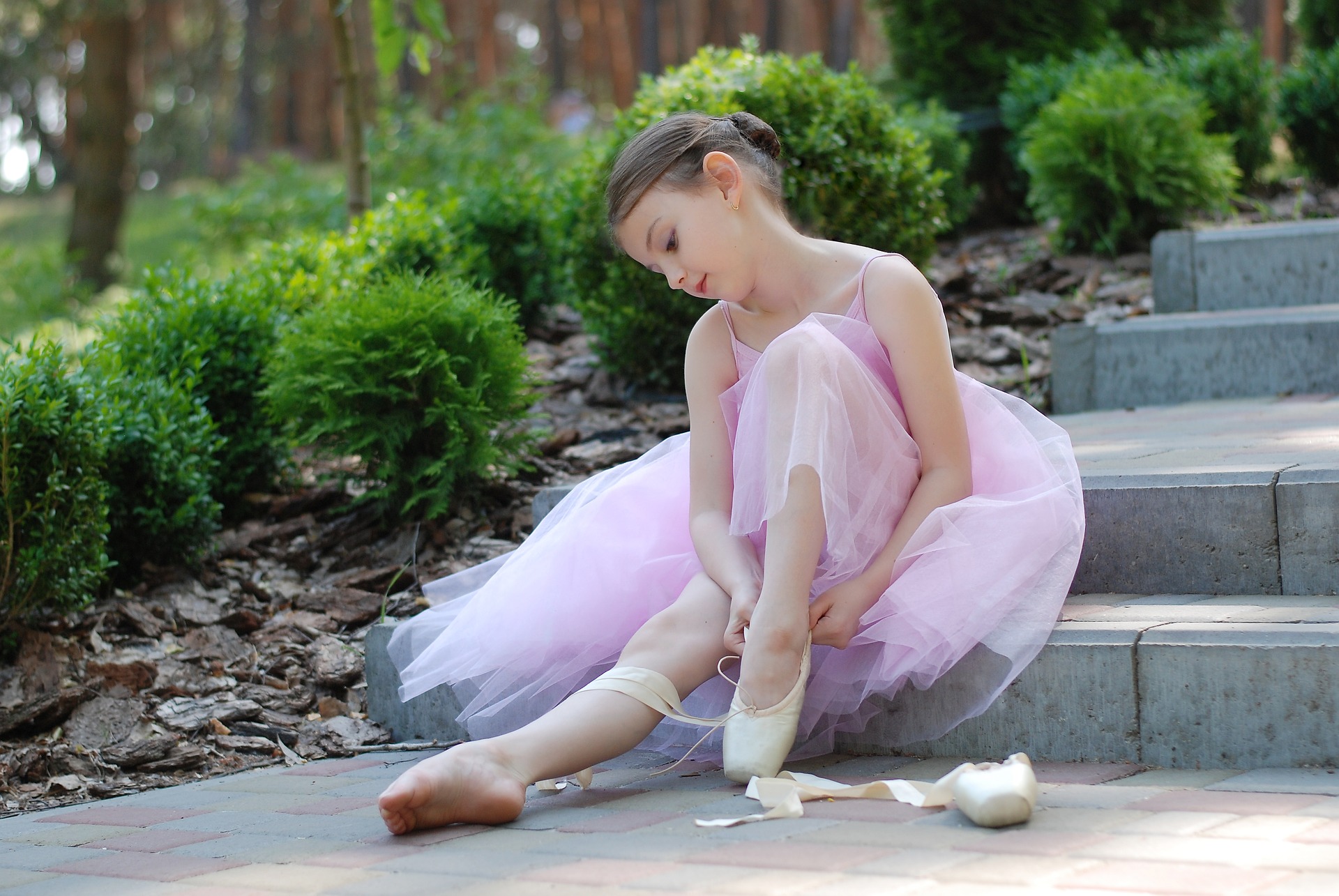
In the world of dance, striving for perfection may be a cultural norm. Dancers get praised for the illusion of ‘perfection’ they create on the stage, teachers seek to cultivate it with displays of technical precision, and the focus of the next class is often about building on the improvements from the last class. Let’s not forget some of the dance supporters and parents out there too, who at times can also fly the perfection flag in the name of love, support and reaching potential. It’s safe to say that dance training may condition an element of perfectionism into the psyche of those who partake.
But what happens when perfectionism seeps into other areas of your life or your child’s life? Academics, relationships with others, homelife, personal hygiene etc? What happens when you or your child require the conditions of life to be ‘perfect’, just like the illusions that are sought to be created on the stage?
Here’s the deal
If you love to dance, but you or your child’s unrelenting, high standards are so hard to meet and are creating a lot of pressure to perform EVERYWHERE in life, there is a different approach that can start to be explored. Of course, there are positive and negative aspects of perfectionism. That’s for sure. However, it’s not helpful to strive for the same standards and goals of perfection that is culturally cultivated in a dance class in all domains of life or your child’s life (e.g. when buying new clothes, at school in all academic pursuits, in the workplace or in relationships with family, colleagues or friends).
I’ve come across a lot of dancers in my time and it’s clear to me that perfectionistic ideals and thinking styles can stifle intrinsic motivation and detract from the fun and love of dance (which is precisely why they started dancing in the first place!). In my experience as a clinical psychologist when working with dancers of various ages, the negative aspects of perfectionism, (including an over-reliance on goals relating to attainment, awards and accolades), is often associated with:
- lowered self-esteem and confidence,
- difficulties managing emotions,
- heightened performance anxiety, and
- unexpected changes to technical mastery which erodes confidence and may reduce motivation (i.e. how frustrating is it when you used to be able to execute a movement awesomely each time, and now suddenly you can’t find that elusive centre of balance or position of strength, technique or alignment to pull it off again to your potential?).
5 steps to get you and/or your child started:
- Start by working out what matters to you and/or your child intrinsically about the process of participating in dance. That is, if you never ever again received an exam or competition result, or ever again received praise from your teachers and peers, what is it about being involved in dance that you love intrinsically? May be its health and fitness? Or the friendships you’ve made along the way. Is it that you value the self-development you’ve gained from extending and challenging yourself in different dance genres. What about the fun side too?
- Take time to think and talk with others about a non-dancer identity. Who are you and/or your child when they are not pursuing a triple pirouette? A sister/brother, daughter/son, work colleague, neighbour, school student, buddy? Are you or your child fulfilling these other roles that you play in life offstage in a way that is important and relevant to you? Are there any social, environmental, political issues that you are passionate about? Often, being aware of other parts of your self-identity outside of dance is important for intrinsic motivation with your dance pursuits and may increase longevity across the lifespan because you and/or your child are less likely to burnout or lose motivation.
- When you set goals for yourself or with your child, try to identify as many values as you can that underlie the goals to maintain motivation and confidence.
- For example, if you or your child have a goal to improve the mental skills needed for performing then ask yourself why this matters to you and/or child?
- Is it that performing is stressful and you’d like to feel more calm and centred before, during and after performances so that you can enjoy these experiences rather than dread them?
- Do you seem to be under-performing and less of a risk-taker when performing on stage and you’d like to be able to execute movements with the same skill and technique as you do at training and rehearsal, and therefore values of competence, consistency, determination, focus and being mindful “in the moment” are what matter to you?
- For example, if you or your child have a goal to improve the mental skills needed for performing then ask yourself why this matters to you and/or child?
- Start deliberately opening up to and noticing any thoughts, feelings, memories, sensations and urges that you mostly find uncomfortable when dancing. Practise being more willing and accepting of all sorts of these internal events that ordinarily you’d rather ignore, avoid, of wish to erase.
- For example, work on cultivating a willingness to ‘make room’ for when self-critical thoughts show up in your mind when watching yourself dance in the mirror.
- No longer consider them a threat, but merely notice them as an event in your brain that shows up sometimes when you dance.
- Remind yourself of those values that underpin the goals for the class so that you can continue to take action and remain committed to why you are there in the first place.
- For example, work on cultivating a willingness to ‘make room’ for when self-critical thoughts show up in your mind when watching yourself dance in the mirror.
Often, perfectionistic ideals that have been learnt and developed earlier in life from an involvement in dance can stay with you or your child for years afterwards. Harness the helpful aspects, however if you’d like some assistance with aspects of perfectionism that you consider may be affecting you or your child’s relationships, academic pursuits or how you or your child feel about yourself then please contact Attuned Psychology to make an appointment to discuss further.
Subscribe to our newsletter Attuned Life
Would you be interested in receiving our occasional newsletter, event information and other useful tips via e-mail?

